Switching between traditional SIM cards and new eSIM technology raises concerns, especially as the technology evolves. Understanding the eSIM and SIM replacement cost is crucial. Being aware of these costs can help you save money and make informed decisions when changing carriers, phones, or plans.
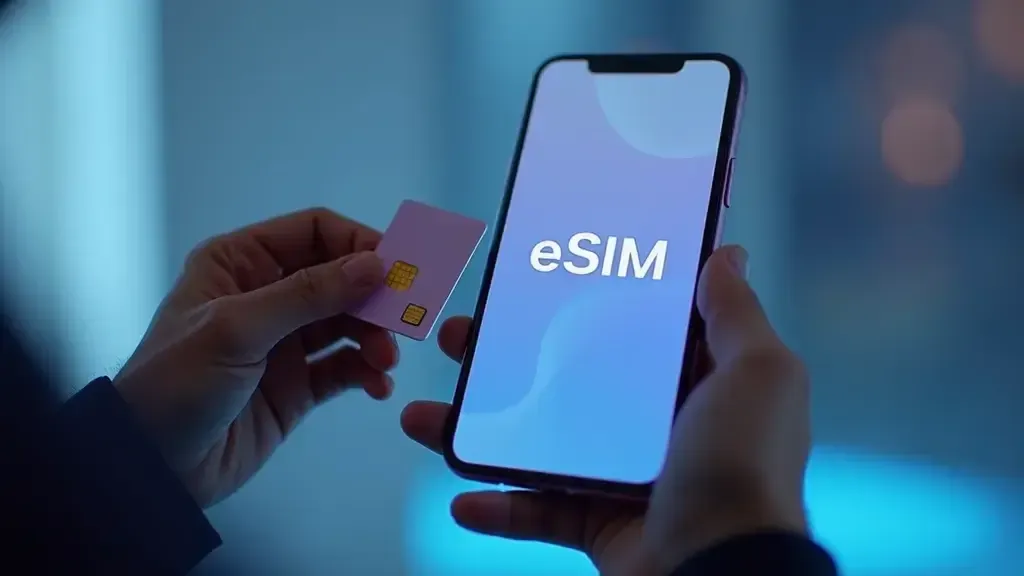
In this article:
- What Are eSIM and SIM Cards?
- Understanding eSIM Costs
- SIM Card Replacement Costs
- Cost Comparison: eSIM vs. Physical SIM
- FAQs
In today’s world of digital dependence, staying connected has become a top priority. When traveling, changing phones, or switching networks, you must keep that connection. You will have various options for doing so. Soon, physical SIMs will be a thing of the past. This is due to a technology called eSIM. Before fully adopting this transition, we should discuss the costs and benefits of eSIM and usual SIM, including the eSIM replacement cost.
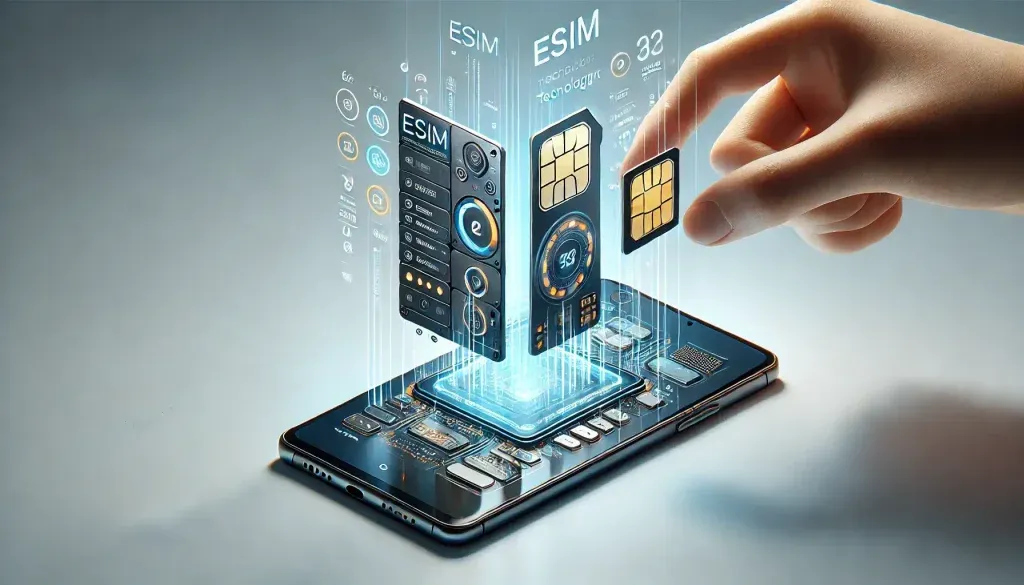
What Are eSIM and SIM Cards?
Traditional SIM cards are small, physical chips inserted into your phone, providing mobile connectivity for decades. In contrast, an eSIM (embedded SIM) is digital, built directly into the device, removing the need for a physical card.
eSIM technology allows users to store multiple profiles on their phones, making it easy to switch carriers and convenient for international travel. However, despite its benefits, traditional SIM cards are still more widely used, especially in regions with limited eSIM support.
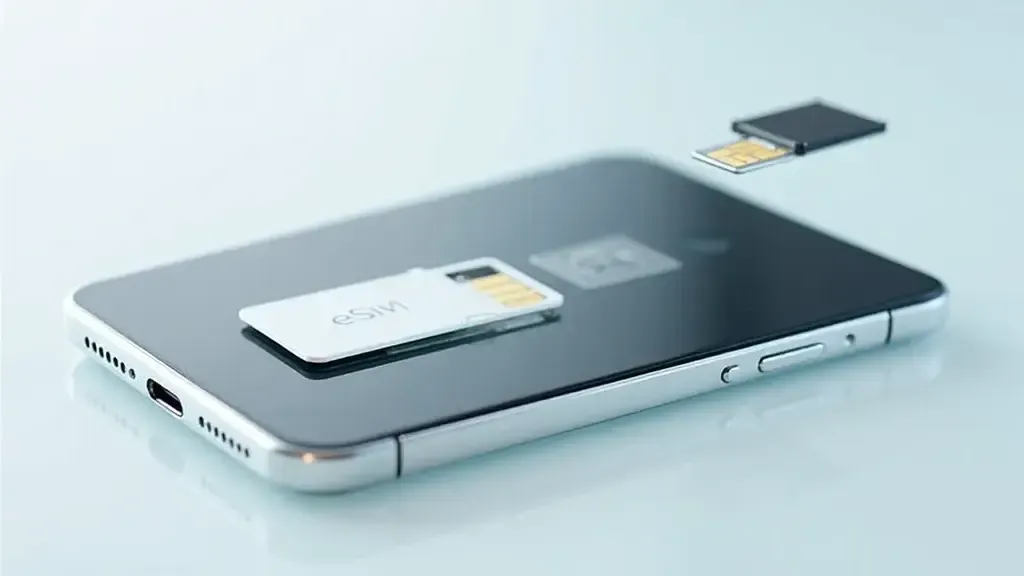
Key Differences Between eSIM and Physical SIM Cards
While both eSIM and physical SIM cards serve the same function, they differ in several ways:
- Form: A physical SIM is a removable chip, while an eSIM is built into the phone.
- Convenience: eSIM allows for easy switching between carriers and storing multiple profiles, whereas a physical SIM requires manual replacement.
- Travel: eSIM is more convenient for international travel, eliminating the need to carry multiple SIM cards.
- Availability: Physical SIMs are still more widely supported, especially in areas where eSIM technology is not fully implemented.
You can find a detailed explanation of the differences between both in an article on eSIM vs. Physical SIM Cards.
Understanding eSIM Costs
eSIMs are gaining popularity. But, there are costs to consider when replacing or changing them. Generally speaking, changing an eSIM will greatly depend on your carrier, region, and even the plan you use. Understanding the eSIM replacement cost can help in making informed decisions when dealing with mobile plans or carrier changes.

Pricing for eSIM Plans: Local, Regional, and Global
The cost for an eSIM can be very different if you want to have it on a local, regional, or global level. eSIM plans are more flexible and often cheaper than usual SIMs for short-term use.
- Local Plans: Local eSIM plans are often very cheap. They can be a good option for those who stay in one country.
- Regional Plans: These eSIM plans, which cover many countries or large regions, tend to be more costly. They may give more flexibility to those who travel often within a particular region.
- Global Plans: These global eSIM plans target frequent international travelers and serve various countries. Needless to say, these can be amongst the most expensive due to the range of coverage.
- Price of eSIMs: Factors, Providers, and Plans
Factors Influencing eSIM Costs: Providers and Plans
- Provider Cost Models: Different mobile providers for the eSIM replacement cost have different fees. This usually ranges from free of charge by some, while others attach a small fee to it.
- Plan Types: The type of mobile plan you subscribe to, be it prepaid or postpaid, can also change the overall cost. Most prepaid eSIM plans are cheap but rarely offer the flexibility of postpaid options.
- Regional Costs: The eSIM is more expensive in some regions. Few people use it, and the carriers don’t compete aggressively.
Comparing eSIM Costs
Then, of course, there is the simple cost factor of eSIMs, which varies widely depending on location and provider choice. Some providers will replace or upgrade an eSIM for free or at a low cost. Most others charge a bit more for the convenience and flexibility they offer.
SIM Card Replacement Costs
While the use of eSIMs is increasing, physical SIMs are still pretty common, and changing one out usually has its associated costs.
Process for Replacing a Physical SIM Card
Changing a SIM card is normally an easy process. You can request a new SIM from your provider either online or at a store near you. Most often, we will ask you for ID and activate the replacement SIM upon your request.
Typical Costs for Replacing a Physical SIM Card
Replacing it will cost you anywhere from free to about $10, depending on your provider. Some providers may charge a small fee for a new SIM. Others may give you one for free as a customer service gesture.
Factors Affecting SIM Card Replacement Prices
Several factors may affect the cost of SIM replacement:
- Loss and Replacement: Most carriers would replace the SIM card for free. Others charge for replacements in case of loss or theft.
- How Much Data It Can Hold: Price may also vary by the type of SIM card used. This includes Standard SIM, micro-SIM, and nano-SIM cards. They use different technologies and sizes.
- Urgent Service: If urgently needed, replacement may involve the cost of fast services.
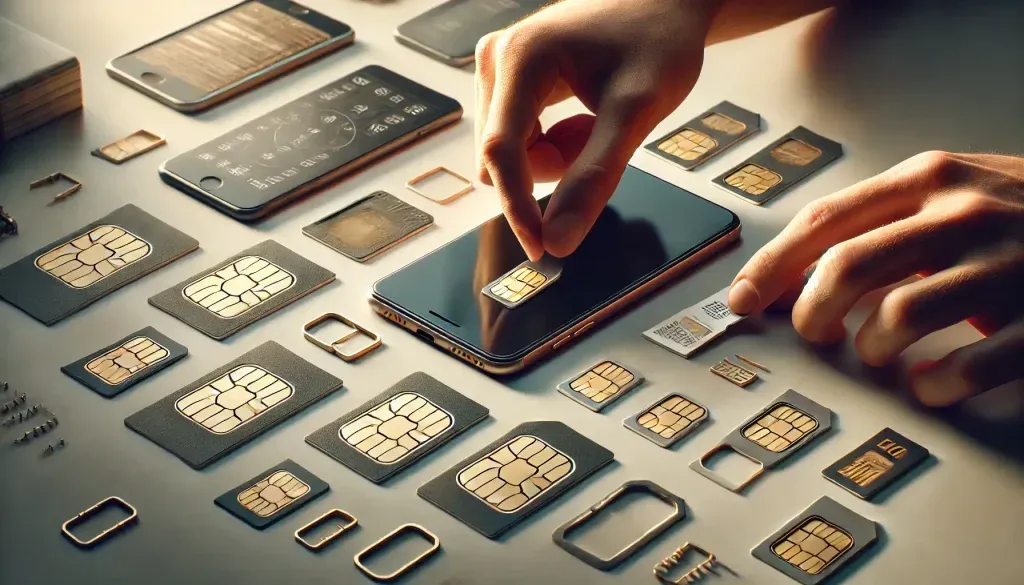
Provider-Specific Costs for SIM Card Replacement
Below, one can compare, for different providers, the cost of replacing a SIM card:
| Provider | Replacement Cost | Comments |
|---|---|---|
| AT&T | $5 | Free with certain postpaid plans |
| Verizon | $10 | Some promotions offer it for free |
| Mint Mobile | $3 | Available for purchase online |
| Tello | Free | No cost for current customers |
Cost Comparison: eSIM vs. Physical SIM
That is newer, more flexible tech for changing user IDs. But, how does it compare to physical SIM cards?
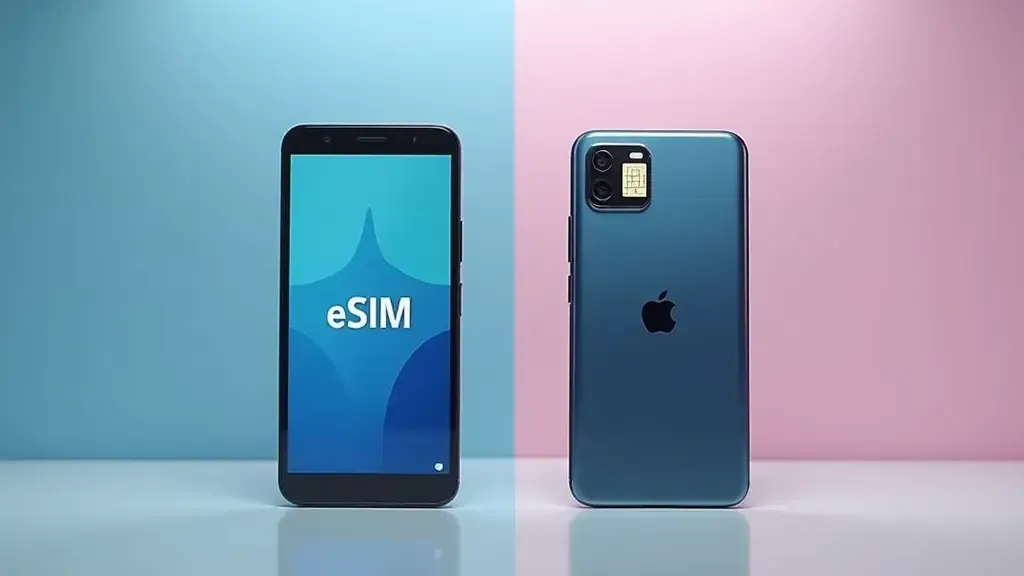
Pros and Cons of eSIM and Physical SIM Cards
In terms of costs and practicality, eSIMs and traditional SIM cards have pros and cons.
- eSIM: The advantages are flexibility, and it does not require any physical card; it has multiple profiles.
- Disadvantages of eSIM: Not all devices support it, may be more expensive initially.
- Physical SIM: Some pros include wide support and easy swapping between devices. Disadvantages include extra costs for replacements.
So you may still want to know more about the benefits of eSIMs so here is an article for you to take a look at.
Cost-Benefit Analysis: Which Option is More Economical?
Quite often, an eSIM proves to be cheaper for those who travel or change carriers more often. However, if the eSIM replacement cost is high in your region or with your carrier, it may be worth considering whether to stick with a physical SIM card.
Real-World Examples of eSIM and SIM Card Usage
The following two examples further show the cost difference:
- Travelers: For frequent travelers needing global coverage, an eSIM is cheaper. It eliminates the need to carry multiple SIM cards and allows access to global plans.
- Locals: Those who rarely travel can, of course, keep a physical SIM. eSIM plans for other countries tend to be much more expensive.
FAQs
How long do SIM cards last?
A SIM card may be fine for two to three years. But, wear and tear or technology changes may call for a replacement. More details are available here.
How much is a SIM card for an iPhone?
The cost of the SIM card varies greatly between mobile providers and plans, anywhere from free to about $10.
It depends on your needs and choice between using an eSIM and a physical SIM card. People like eSIMs for their flexibility, especially travelers. But, traditional SIMs are cheap for those with fixed needs. Understanding connected costs, such as the eSIM replacement cost, will help you make better decisions on mobile connectivity.
